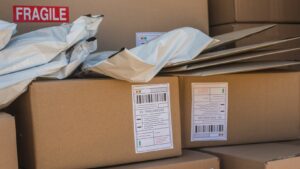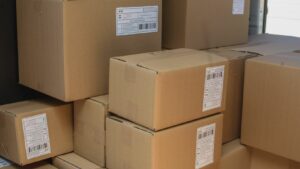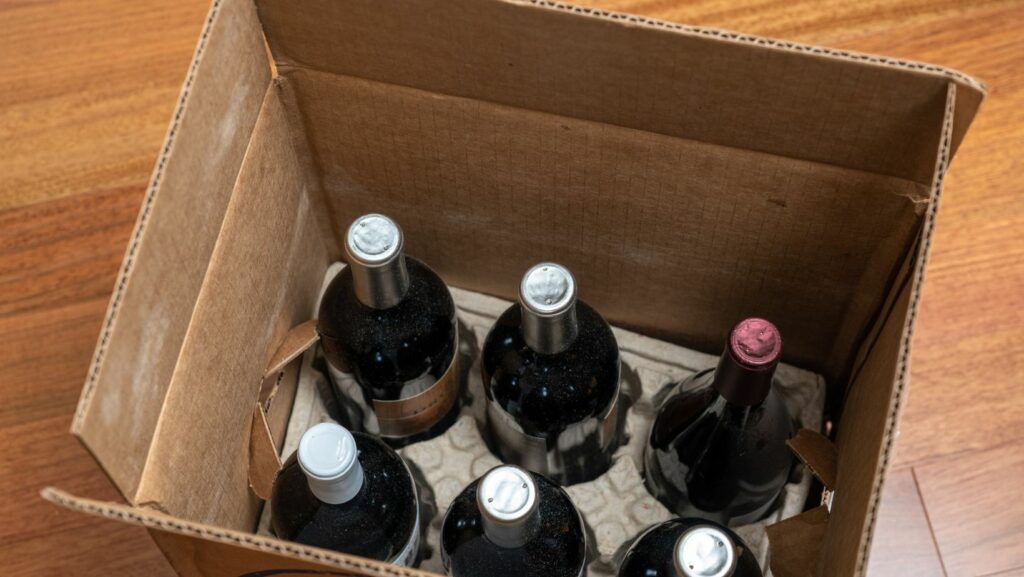Shipping wine involves more than just placing bottles in a box and hoping for the best. The right wine shipping supplies ensure that each bottle arrives safely, maintaining its quality and integrity. From protective packaging to temperature control solutions, every detail matters in preserving the delicate nature of wine during transit.
For wine enthusiasts and businesses alike, investing in proper shipping materials is crucial. Effective wine shipping supplies can prevent breakage, spoilage, and temperature fluctuations, which can all negatively impact the wine’s taste and value. Understanding the essentials of wine shipping can make a significant difference in delivering a perfect bottle every time.
Wine Shipping Supplies

Proper wine shipping supplies are crucial to ensure the safe transport of wine bottles. These materials protect against breakage, temperature fluctuations, and spoilage, maintaining the wine’s quality and value during transit.Wine bottles are fragile and prone to breaking during shipment. Adequate shipping supplies, such as molded pulp trays and padded boxes, provide cushioning and reduce the risk of damage.
Temperature fluctuations can negatively impact wine. Insulated shipping containers and gel packs help maintain a stable temperature, preserving the wine’s taste and quality.Air exposure can spoil wine. Vacuum-sealed bags and airtight packaging materials prevent oxygen ingress, ensuring the wine remains fresh.
Efficient Delivery
Efficient shipping reduces delays. Strong and reliable packaging ensures timely delivery, maintaining customer satisfaction and trust.By investing in the right wine shipping supplies, businesses and enthusiasts can ensure that every bottle arrives in perfect condition.
Wine Shipping Boxes

Wine shipping boxes provide a sturdy exterior, shielding bottles from external damage. Made from corrugated cardboard, these boxes come in single, double, and triple-walled options, catering to different protective needs. Boxes often include dividers for added stability.
Wine bottle shippers, often featuring molded pulp trays or foam inserts, hold each bottle securely. Trays fit the bottle shape, reducing movement during transport. They accommodate various bottle sizes, from standard 750ml to magnums. Foam inserts add another layer of impact resistance.
Protective Inserts And Dividers
Protective inserts and dividers further stabilize wine bottles within shipping containers. Made from cardboard or foam, they fit between bottles, preventing collisions. Insert options include individual slots and full-cell dividers. They enhance protection by distributing weight evenly and cushioning impacts.
Features To Look For In Wine Shipping Supplies

Wine shipping supplies should ensure the safe transit of each bottle. Effective materials and structural integrity are key. Material quality directly affects the protection offered to wine bottles. High-quality options such as corrugated cardboard, molded pulp, and foam inserts provide excellent cushioning.
Corrugated cardboard is durable and resists crushing forces. Molded pulp trays, made from recycled materials, offer eco-friendly protection. Foam inserts add extra shock absorption, safeguarding bottles from impacts.
Size And Capacity
Size and capacity are crucial to accommodate various bottle dimensions. Wine shipping supplies must handle standard sizes like 750ml bottles or larger formats like magnums. Multi-bottle shippers should have individual compartments to prevent movement. Adjustable partitions within boxes can adapt to different bottle shapes, ensuring a snug, secure fit.
Protective Features
Protective features such as padding, insulation, and seals enhance wine safety. Padded dividers and foam inserts reduce collision and buffer against vibrations. Insulated containers regulate temperature, maintaining wine quality during transit. Vacuum-sealed bags further protect by minimizing air exposure, preserving freshness and flavor.

